Plantar Fasciitis is a common foot ailment, especially for those with flat feet. It’s a painful condition where the plantar fascia, the ligament connecting your heel to your toes, gets strained and inflamed. Flat feet can exacerbate this condition due to the lack of arch support, leading to more strain on the plantar fascia.
Outline of the Article
Selecting the Right Insoles for Flat Feet
- Fit and Comfort
- Arch Support Considerations
Comparing Top Brands and Models - Market Leaders
- Cost vs. Quality
Understanding Your Foot Type - The Importance of Foot Analysis
- Flat Feet Variations
Expert Opinions - Podiatrist Recommendations
- Industry Insights
Maintenance and Care of Insoles - Cleaning and Durability
- When to Replace Your Insoles
WHERE TO BUY
Selecting the Right Insoles for Flat Feet
Fit and Comfort
Understanding the Right Fit:
- Measurement and Size: Ensure the insoles match your shoe size. A mismatch can lead to discomfort and inadequate support.
- Shoe Compatibility: Some insoles are designed for specific types of shoes, like running shoes, formal shoes, or even boots. Make sure the insoles you choose are compatible with the majority of your footwear.
- Arch Type Consideration: Since flat feet lack a natural arch, it’s essential to select insoles that provide the necessary arch support without being overly rigid. This balance is crucial for comfort.
2. Comfort is Key:
- Material Matters: The materials used in insoles range from memory foam, which contours to the shape of your foot, to more rigid materials that provide structured support. The right material depends on your comfort preference and the level of support you need.
- Cushioning: Adequate cushioning can significantly enhance comfort, especially for those who spend a lot of time on their feet.
- Breathability: Insoles that offer good air circulation are preferable, as they prevent moisture buildup and reduce the risk of foot odor.
3. Personalized Fit Options:
- Custom Insoles: For those with specific needs, custom insoles, made after a detailed analysis of your feet, can provide a tailored fit and comfort level hard to achieve with off-the-shelf options.
- Adjustable Insoles: Some insoles come with removable layers or sections that can be adjusted to better fit the contours of your feet, offering a semi-customizable experience.
4. Trial and Adjustment Period:
- Breaking in Your Insoles: Like new shoes, insoles may also require a break-in period. During this time, your feet adjust to the new support structure.
- Listen to Your Feet: If you experience discomfort or pain beyond the initial break-in period, it may indicate that the insoles are not the right fit for you.
Arch Support Considerations
When dealing with flat feet and plantar fasciitis, the role of arch support in insoles cannot be overstated. Proper arch support is crucial in alleviating pain and providing comfort. Here are key considerations when assessing arch support in insoles:
1. Understanding Arch Support:
- Role of Arch Support: Arch support in insoles helps distribute pressure across your feet, reducing stress on the plantar fascia. It’s essential for maintaining foot alignment and preventing overpronation, which is common in flat feet.
- Types of Arch Support: There are generally three types of arch supports: low, medium, and high. People with flat feet typically benefit from low to medium arch support, as high arch support can be uncomfortable and might not fit the natural shape of their feet.
2. Material and Design:
- Material Flexibility: The material of the arch support should be firm enough to provide support but flexible enough to accommodate the natural movement of the feet.
- Contoured Design: A well-contoured design that mimics the foot’s natural arch is preferable, as it provides more targeted support.
3. Customization Options:
- Custom Orthotics: For those with specific arch support needs, custom orthotics, designed based on a foot analysis, can provide personalized support.
- Adjustable Arch Support: Some insoles offer adjustable arch support, allowing users to modify the level of support based on their comfort and needs.
4. Balancing Support and Comfort:
- Trial and Error: Finding the right level of arch support can be a process of trial and error. What feels supportive and comfortable to one person might not work for another.
- Gradual Adaptation: If you’re new to using arch support, start with a lower level of support and gradually increase as your feet become accustomed to the insoles.
5. Impact on Foot Health:
- Preventing Complications: Adequate arch support can prevent complications related to flat feet and plantar fasciitis, such as heel spurs and knee pain.
- Overall Foot Function: Good arch support improves the overall function of the feet, enhancing walking gait and reducing fatigue.
Comparing Top Brands and Model
When exploring insoles for flat feet and plantar fasciitis, it’s valuable to compare top brands, including the offerings of Atlas Arch Support. Here’s an overview of some leading brands in the market:
1. Atlas Arch Support:
- Features: Atlas Arch Support focuses on providing targeted arch support, specifically catering to those with flat feet or plantar fasciitis. The insoles are designed to offer both comfort and corrective support.
- Pros: Specific focus on arch support, potentially beneficial for flat feet.
- Cons: As a less widely known brand, there may be fewer user reviews and testimonials to gauge overall effectiveness.
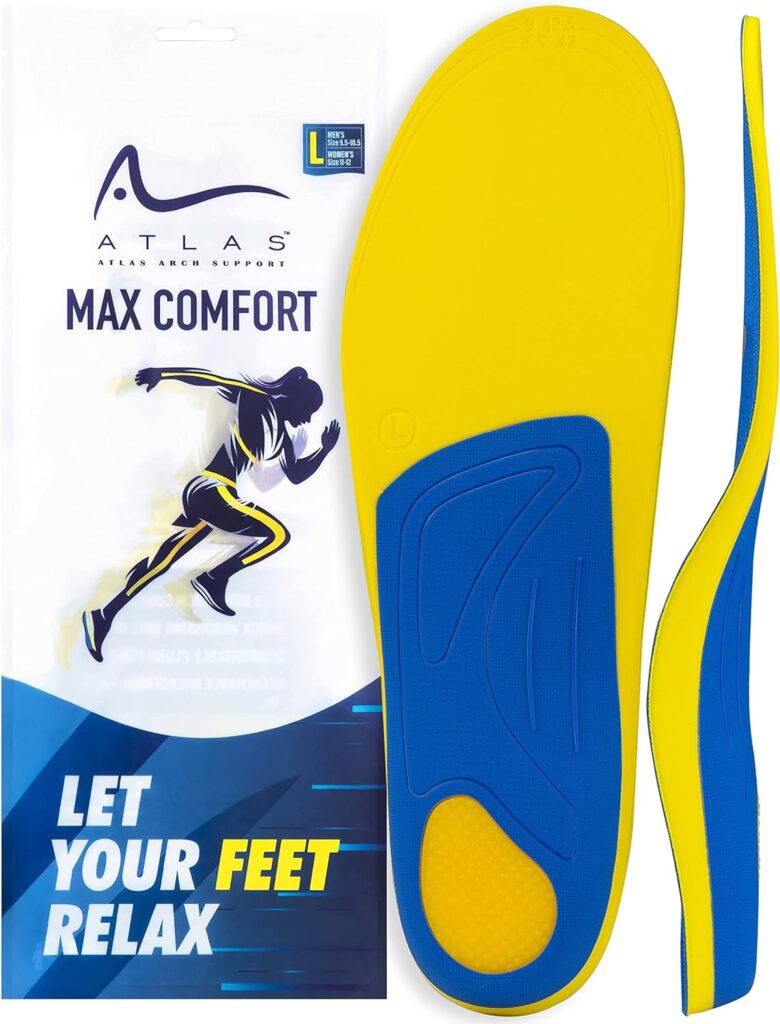
2. Superfeet:
- Features: Known for their durable construction and variety of options catering to different arch types. Superfeet insoles offer targeted support with a deep heel cup and a structured design.
- Pros: High-quality materials, excellent arch support.
- Cons: May be too firm for some users, higher price point.
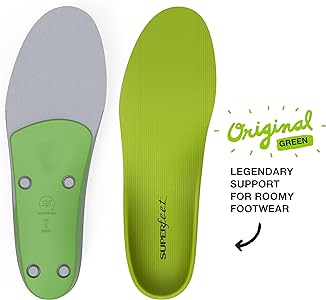
3. Dr. Scholl’s:
- Features: Popular for their comfort-focused design, Dr. Scholl’s insoles often feature gel or memory foam, providing cushioning and mild support.
- Pros: Good for everyday use, affordable.
- Cons: May lack sufficient support for severe flat feet or plantar fasciitis.
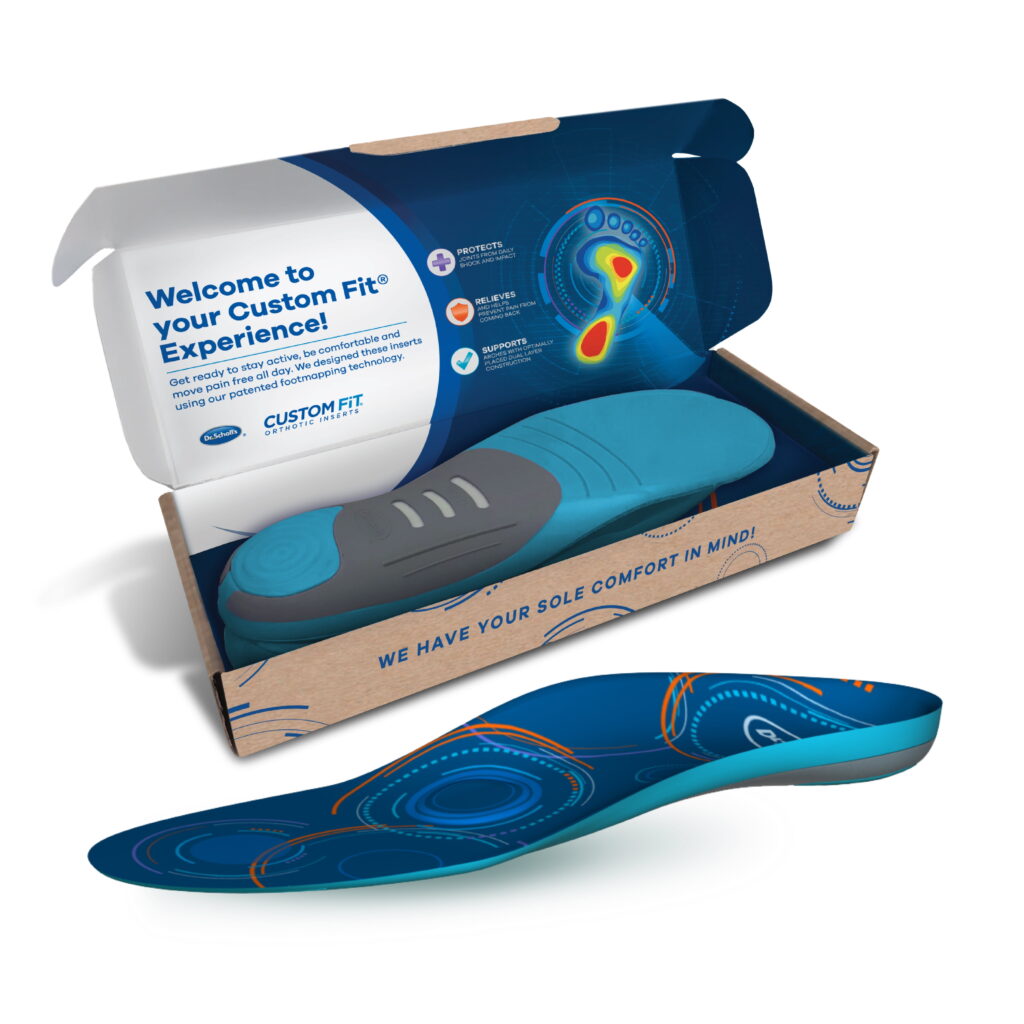
4. Powerstep:
- Features: Offers a balance between cushioning and support, suitable for a range of foot types and conditions. Known for their podiatrist-designed profiles.
- Pros: Versatile use, effective for moderate foot support.
- Cons: May not be suitable for very high arches or specific foot conditions.
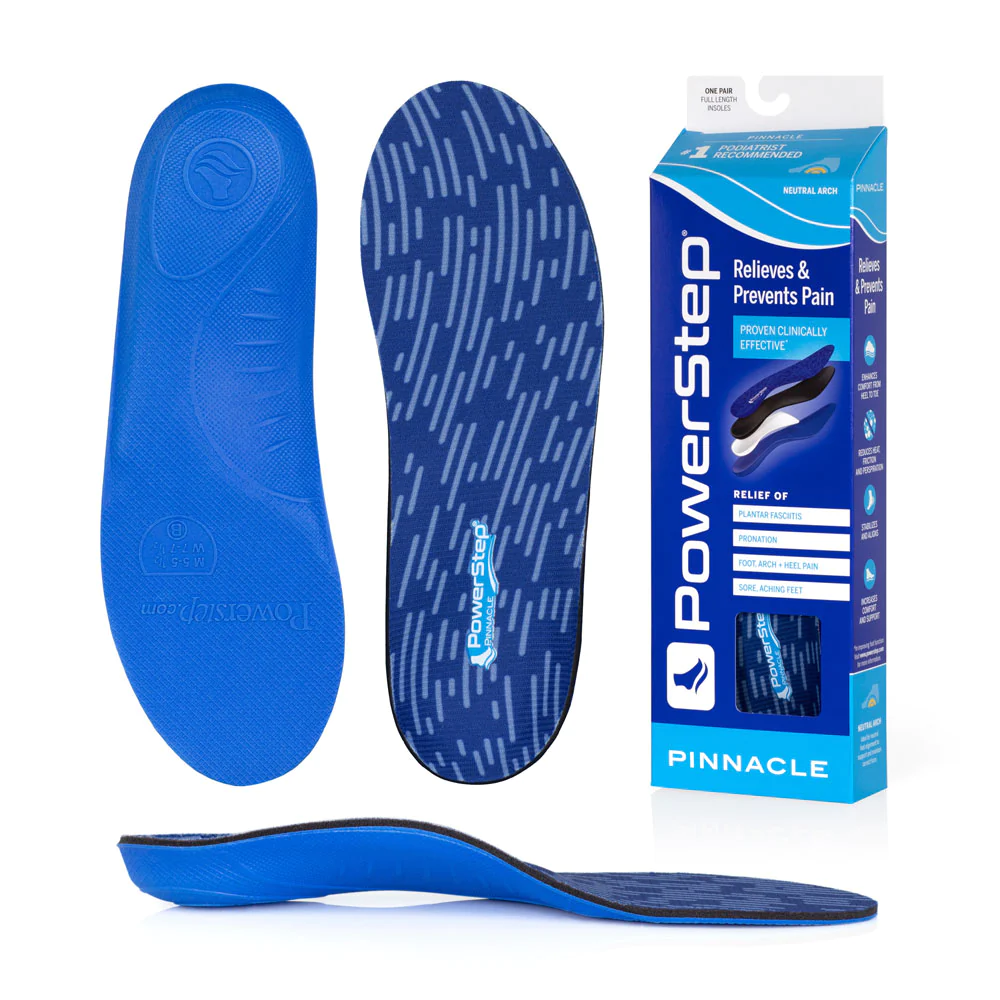
5. Spenco:
- Features: Specializes in gel insoles, providing good shock absorption and cushioning, ideal for athletic activities.
- Pros: Excellent for high-impact activities, comfortable cushioning.
- Cons: Some users might need more arch support.
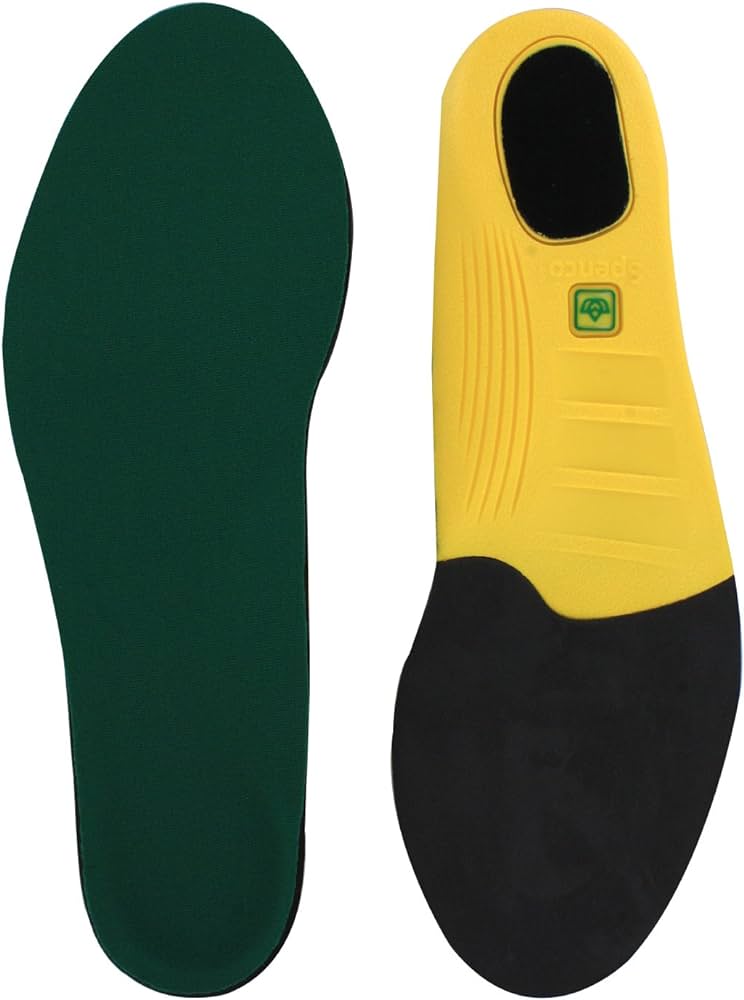
6. Sole:
- Features: Known for their heat-moldable insoles, offering a customized fit. They provide firm support and are often recommended for athletic use.
- Pros: Custom fit, durable.
- Cons: The customization process can be complex, higher price range.
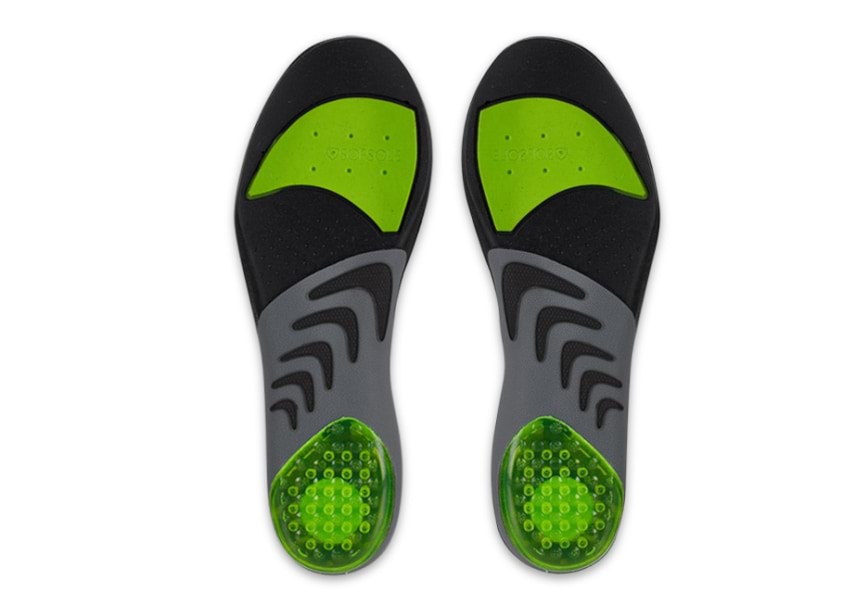
Comparison Considerations:
- Support and Comfort: Compare the level of arch support each brand offers. Superfeet and Sole are known for more structured support, while Dr. Scholl’s focuses on cushioning.
- Material and Durability: Materials range from memory foam and gel (Spenco, Dr. Scholl’s) to more rigid support structures (Superfeet, Sole).
- Specific Needs: Consider your specific requirements, such as the severity of flat feet or plantar fasciitis. Atlas Arch Support might offer a specialized solution.
- Price Range: Prices vary from affordable options like Dr. Scholl’s to more premium offerings like Superfeet and Sole.
When selecting insoles, it’s important to consider individual needs and preferences. While one brand might excel in comfort, another may offer better support for specific conditions. Trying different brands, if feasible, can help in finding the most suitable option for your feet. Remember, consulting with a healthcare professional can also provide valuable guidance in making the best choice for your foot health.
Understanding Your Foot Type
Recognizing and understanding your foot type is essential for maintaining foot health, choosing the right footwear, and if necessary, the correct insoles. Here’s a guide to help you understand different foot types:
1. Normal (Neutral) Arch:
- Characteristics: This foot type has a well-defined arch. When you walk or run, your foot lands on the outside of the heel and then rolls inward slightly to absorb shock.
- Footwear Tips: People with normal arches can generally wear a wide variety of shoes. Look for shoes that provide a balance of stability and cushioning.
2. Flat Feet (Low Arch):
- Characteristics: Flat feet have a very low or no visible arch space. The entire sole tends to make contact with the ground, leading to overpronation (excessive inward rolling of the foot).
- Footwear Tips: Seek shoes with arch support and structured cushioning. Stability or motion control shoes are often recommended. Insoles designed for flat feet can provide additional support.
3. High Arch:
- Characteristics: High-arched feet have a distinct curve along the inner side of the foot. A high arch can lead to underpronation (insufficient inward roll) after the heel strike.
- Footwear Tips: Cushioned shoes with a soft midsole help with shock absorption. People with high arches may benefit from insoles that offer additional cushioning and support.
4. Wide Feet:
- Characteristics: As the name suggests, wide feet are broader than average across the front of the foot. Finding comfortable shoes can be challenging due to the width.
- Footwear Tips: Look for shoes specifically designed for wide feet. Avoid shoes with a narrow toe box.
5. Narrow Feet:
- Characteristics: Narrow feet are slimmer than average, particularly in the width. Shoes may often feel loose or unsupportive.
- Footwear Tips: Choose shoes with laces or straps for a better fit. Insoles and inserts can also help to make shoes more snug.
Determining Your Foot Type:
- The Wet Test: One simple method is the wet foot test. Wet your feet and step onto a piece of paper. The imprint left behind will show your arch type.
- Professional Assessment: For a more accurate analysis, consult with a podiatrist or a foot specialist. They can assess your foot type and gait and provide recommendations for footwear and insoles.
Why It’s Important:
- Comfort and Support: Understanding your foot type helps in selecting shoes and insoles that provide the right level of comfort and support, reducing the risk of foot pain and injury.
- Performance and Activity: For athletes and those engaged in regular physical activities, the right footwear can improve performance and prevent foot-related issues.
Expert Opinions
When it comes to foot health, particularly in relation to conditions like flat feet or plantar fasciitis, expert opinions are invaluable for making informed decisions. Here’s a summary of what podiatrists and foot care specialists generally advise:
1. Importance of Proper Footwear:
- Podiatrists’ View: The right shoes can make a significant difference in foot health. Experts emphasize choosing footwear that provides adequate support, particularly for those with specific foot conditions.
- Recommendations: For flat feet, shoes with good arch support and a firm heel counter are recommended. For high arches, cushioned shoes are advisable.
2. Arch Support and Insoles:
- Podiatrists’ View: Many foot problems can be alleviated with proper arch support. Custom orthotics or over-the-counter insoles can be beneficial.
- Recommendations: Custom orthotics are often suggested for severe cases, while OTC insoles might suffice for mild discomfort. The key is ensuring the insole matches the individual’s foot type and condition.
3. Managing Plantar Fasciitis:
- Podiatrists’ View: Plantar fasciitis requires a proactive approach for effective management. This includes stretching, proper footwear, and sometimes, additional support from insoles or orthotics.
- Recommendations: Stretching exercises, avoiding barefoot walking on hard surfaces, and using insoles that provide good arch support and cushioning are common suggestions.
4. The Role of Foot Hygiene and Care:
- Podiatrists’ View: Maintaining good foot hygiene and regular foot care can prevent many common foot problems.
- Recommendations: Regular washing, drying feet thoroughly, checking for any foot changes or issues, and moisturizing can maintain healthy feet.
5. Importance of Regular Check-Ups:
- Podiatrists’ View: Regular foot check-ups are crucial, especially for individuals with diabetes, circulation issues, or ongoing foot problems.
- Recommendations: Annual visits to a podiatrist can help catch and address foot issues early.
6. Exercise and Foot Health:
- Podiatrists’ View: Regular exercise can strengthen foot muscles, improve circulation, and maintain overall foot health.
- Recommendations: Low-impact exercises like swimming, cycling, or walking are often recommended. Specific foot exercises can also be beneficial.
7. Listening to Your Body:
- Podiatrists’ View:
Responding to pain or discomfort in the feet promptly is essential to prevent worsening of conditions.
- Recommendations: Seek professional advice if you experience persistent foot pain, changes in foot structure, or issues with balance and walking.
8. Weight Management:
- Podiatrists’ View: Excess weight can put additional stress on the feet, exacerbating conditions like plantar fasciitis and leading to other foot problems.
- Recommendations: Maintaining a healthy weight through diet and exercise can reduce foot pain and prevent further complications.
9. Children’s Foot Health:
- Podiatrists’ View: Early intervention is key in managing foot problems in children, as many adult foot issues originate in childhood.
- Recommendations: Regular foot assessments for children, especially those active in sports, and addressing any abnormalities early with appropriate footwear or orthotics.
10. Special Considerations for the Elderly:
- Podiatrists’ View: As people age, foot care becomes increasingly important due to changes in skin elasticity, foot structure, and circulation.
- Recommendations: Elderly individuals should wear supportive, non-slip shoes, regularly inspect their feet for any changes, and seek professional care for any foot-related issues.
Maintenance and Care of Insoles
Proper maintenance and care of insoles not only prolong their lifespan but also ensure they continue to provide the necessary support and hygiene for your feet. Here are some essential tips for maintaining your insoles:
1. Regular Cleaning:
- Method: Remove the insoles from your shoes and gently brush off any loose dirt. For a deeper clean, use a mild soap and warm water, scrubbing softly with a brush or cloth.
- Drying: Air dry the insoles completely before placing them back in your shoes. Avoid direct heat sources like radiators or hairdryers, as they can warp the insoles.
2. Deodorizing:
- Method: Sprinkle baking soda on the insoles and leave them overnight. Baking soda absorbs odors and moisture. In the morning, brush off the baking soda.
- Alternatives: Use specially designed foot sprays or deodorizing products for a more fragrant solution.
3. Regular Inspection:
- Check for Wear and Tear: Regularly inspect your insoles for signs of wear, such as thinning, tears, or deformation. Worn-out insoles won’t provide adequate support.
- Replacement: Most insoles need replacing every 6 to 12 months, depending on usage. Heavier use or more intense activities may require more frequent replacements.
4. Rotating Insoles:
- If you have multiple pairs of insoles, rotate them between shoes. This allows each pair to rest and regain their shape, extending their life.
5. Proper Storage:
- When not in use, store the insoles in a cool, dry place away from direct sunlight to prevent material breakdown.
6. Moisture Management:
- If your feet tend to sweat a lot, consider using moisture-wicking socks to keep both your feet and insoles dry.
- Some insoles are designed with moisture-wicking materials; opt for these if moisture is a concern.
7. Handling Specific Materials:
- Different materials may require specific care. For example, memory foam insoles should not be soaked, while gel insoles may need gentle handling to avoid
puncturing or damaging the gel pockets.
8. Avoiding Harsh Chemicals:
- Refrain from using harsh cleaners or solvents on your insoles, as these can degrade the materials and reduce their effectiveness.
9. Following Manufacturer’s Instructions:
- Always check and follow the care instructions provided by the manufacturer. Different brands and types of insoles may have specific care requirements.
10. Adjusting for Fit and Comfort:
- Occasionally, you may need to trim the insoles for a better fit in your shoes. Use the original shoe insole as a template to ensure a correct fit.
- If you feel any discomfort, check if the insoles are correctly positioned in your shoes.
11. Consider Backup Pairs:
- Having an extra pair of insoles can be useful, especially if you wear them daily. This allows you to alternate between pairs, giving each a chance to air out and maintain their shape.
12. Special Care for Custom Orthotics:
- If you use custom-made orthotics, they might require special care. Consult with your podiatrist or the provider for specific maintenance instructions.

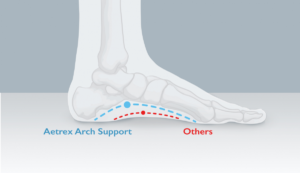
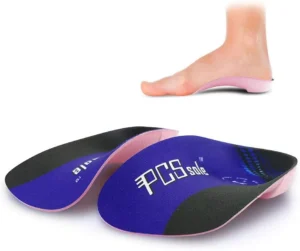
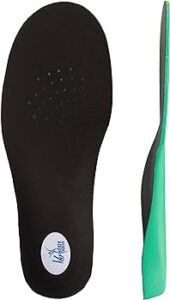
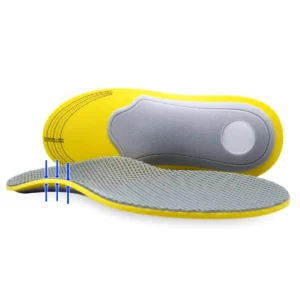
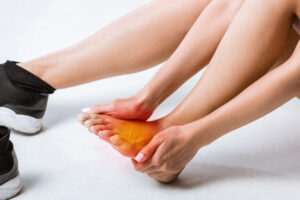


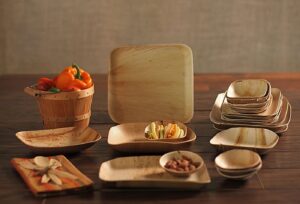
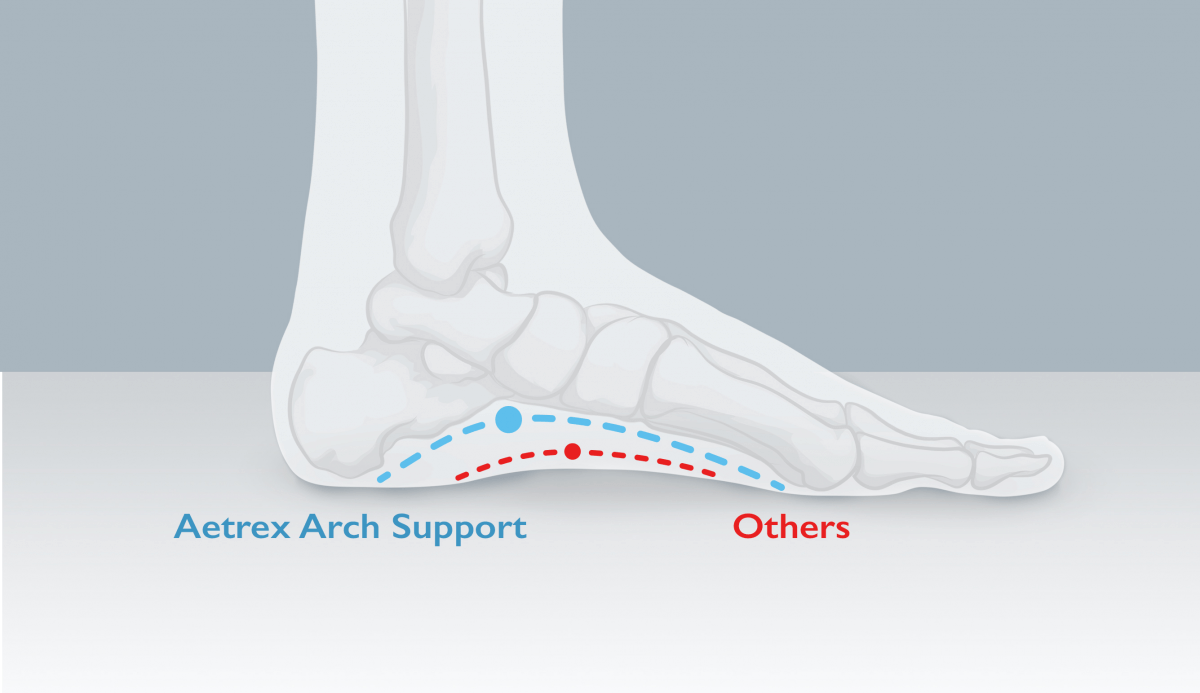
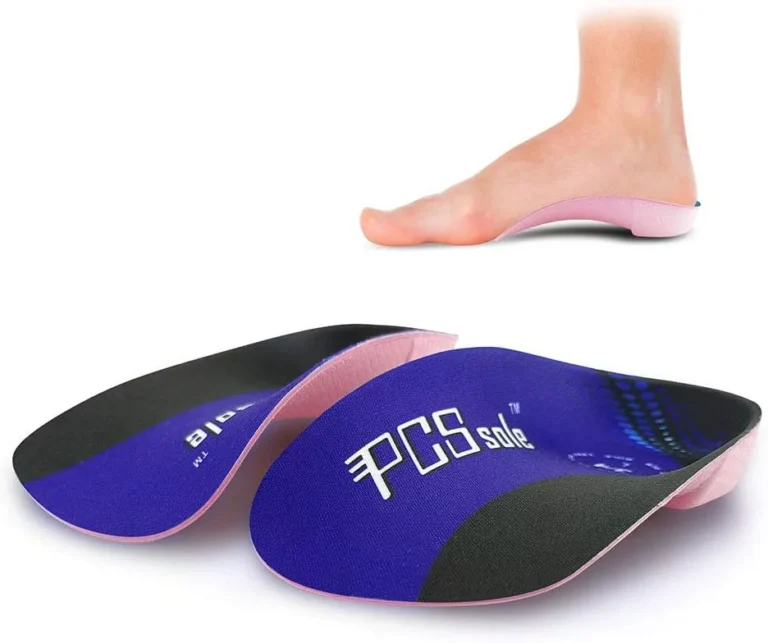
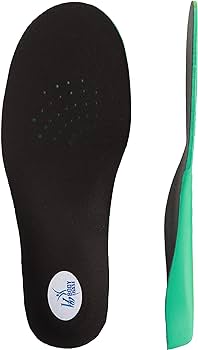
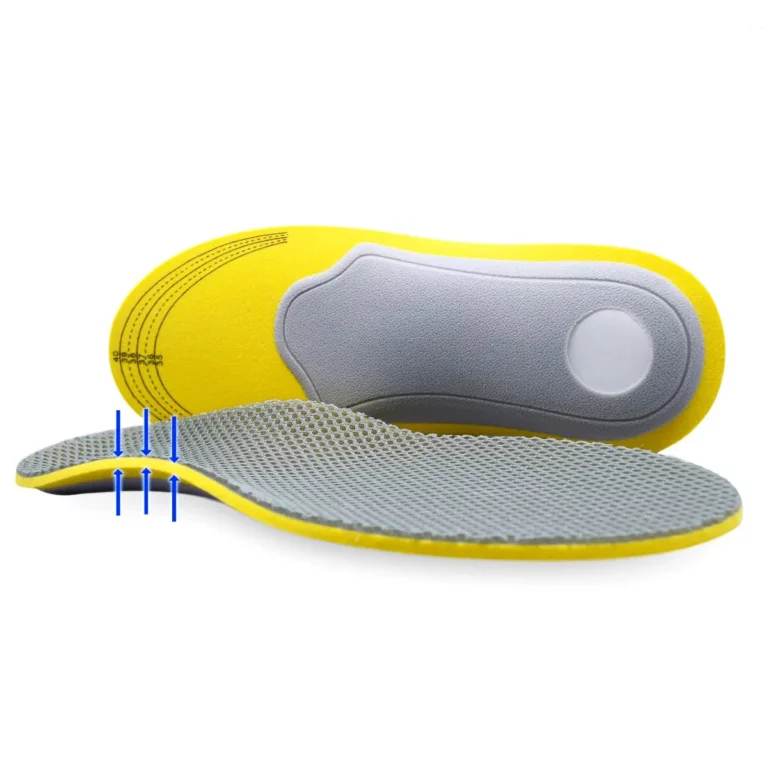

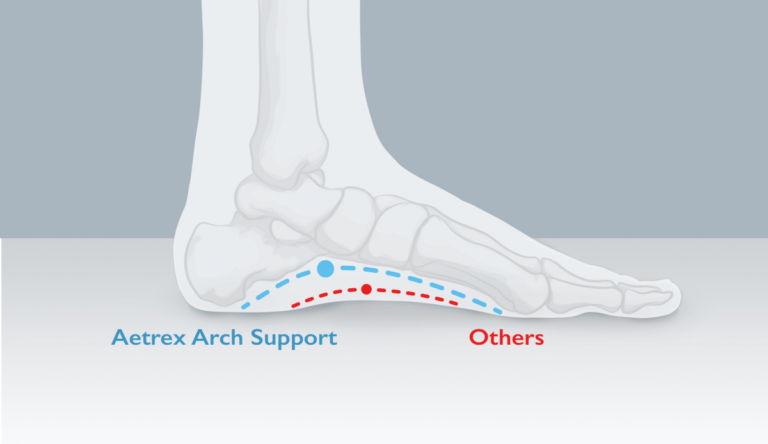
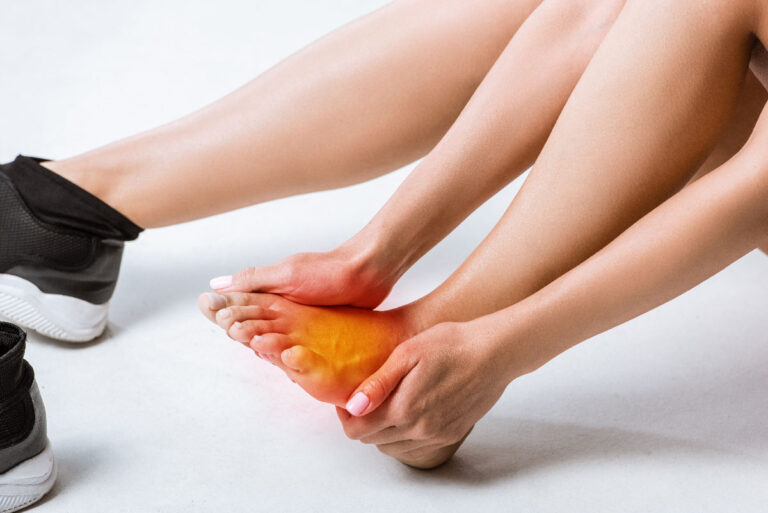


+ There are no comments
Add yours